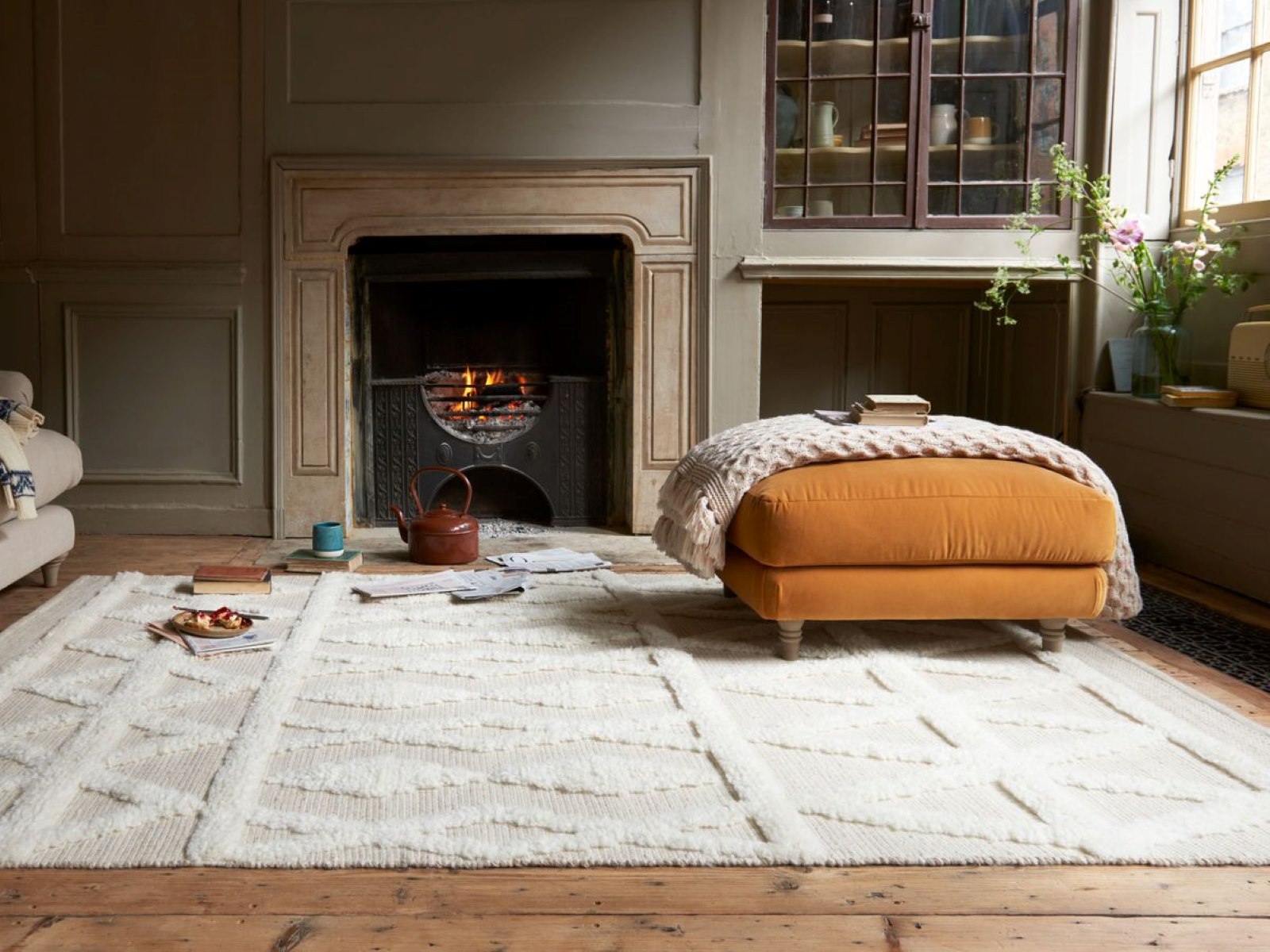

Articles
How To Clean Wool Area Rugs
Modified: October 18, 2024
Learn effective techniques and tips for cleaning wool area rugs in our informative articles. Keep your rugs looking beautiful and long-lasting.
(Many of the links in this article redirect to a specific reviewed product. Your purchase of these products through affiliate links helps to generate commission for Storables.com, at no extra cost. Learn more)
Introduction
Welcome to our comprehensive guide on how to clean wool area rugs. Wool rugs are not only beautiful and luxurious, but they also require special care to keep them looking their best. Cleaning your wool area rug regularly is essential to maintain its appearance, prolong its lifespan, and ensure that it remains a cozy and inviting addition to your home.
Wool rugs are known for their natural resistance to stains and dirt, thanks to the lanolin oil present in their fibers. However, over time, these rugs can still accumulate dust, pet hair, spills, and other debris that can diminish their overall beauty. That’s why it’s crucial to incorporate a regular cleaning routine to keep your wool area rug in the best possible condition.
In this article, we will take you through a step-by-step process on how to effectively clean your wool area rug. From gathering the necessary materials to protecting and maintaining the rug, we will cover everything you need to know to ensure a thorough and safe cleaning experience.
Before we dive into the cleaning process, it’s important to mention that wool area rugs can vary in construction and dye type. We recommend checking the manufacturer’s instructions or consulting a professional cleaner if you have specific concerns regarding your rug. Now, let’s get started with step one: gathering your materials.
Key Takeaways:
- Properly cleaning and maintaining your wool area rug is essential to preserve its beauty and longevity. From spot cleaning stains to protecting and maintaining the rug, following a comprehensive cleaning routine will ensure years of comfort and elegance in your home.
- Wool rugs require special care and attention to prevent damage and maintain their quality. By following the step-by-step guide provided in this article, you can effectively clean, protect, and maintain your wool area rug, ensuring it remains a cozy and inviting addition to your home for years to come.
Read more: How To Clean A Wool Rug: An Expert Guide
Step 1: Gather Your Materials
The first step in cleaning your wool area rug is to gather all the necessary materials. Having everything ready and easily accessible will make the cleaning process more efficient and convenient. Here’s what you’ll need:
- Vacuum Cleaner: A vacuum cleaner with a brush attachment is ideal for removing loose dirt and debris from the rug.
- Mild Detergent: Choose a mild detergent specifically formulated for wool or natural fibers. Avoid harsh chemicals and bleach, as these can damage the rug’s fibers.
- White Vinegar: White vinegar is a great natural cleaning agent that can help remove stains and odors from your wool rug.
- Bucket: Use a bucket to mix the cleaning solution and hold the water for rinsing the rug.
- Soft Bristle Brush: A soft-bristle brush or a sponge will aid in gently scrubbing the rug without causing damage.
- Lint-free Cloth or Towels: These will be used for blotting spills, absorbing excess water, and drying the rug.
- Water: Clean, lukewarm water is essential for diluting the cleaning solution and rinsing the rug.
It’s important to note that these materials are commonly used for cleaning wool area rugs. However, depending on the specific type and condition of your rug, you may require additional or alternative materials. Always refer to the manufacturer’s instructions or seek professional advice if you are unsure about any aspect of the cleaning process.
Once you have gathered all the necessary materials, you are ready to move on to the next step: vacuuming the rug to remove any loose dirt and debris.
Step 2: Vacuum the Rug
Before diving into the cleaning process, it’s essential to remove any loose dirt, dust, or debris from your wool area rug. Vacuuming the rug not only helps to keep it clean but also prepares the surface for a more effective and thorough cleaning. Here’s how to vacuum your wool rug:
- Start by ensuring that your vacuum cleaner is set to the appropriate setting for cleaning wool or delicate surfaces. This will help prevent excessive agitation and potential damage to the rug’s fibers.
- If possible, remove any furniture or obstacles from the rug to have a clear and unobstructed surface for vacuuming.
- Begin vacuuming the rug in a back-and-forth motion, following the direction of the rug’s pile. It’s important to avoid using excessive force or pushing the vacuum too hard, as this can cause the fibers to twist or become damaged.
- Pay special attention to high-traffic areas and areas where dirt and debris may have accumulated the most, such as near entrances or under furniture.
- For more effective cleaning, use the vacuum cleaner’s brush attachment to gently lift and remove dirt from the rug’s fibers.
- If your wool rug has fringes, be cautious while vacuuming near them to prevent tangles or unraveling. You may choose to use a narrow attachment or adjust the vacuum’s settings to avoid pulling on the fringes.
- Continue vacuuming the entire surface of the rug until you have thoroughly cleaned all areas.
By vacuuming your wool area rug before proceeding to the cleaning process, you remove the loose dirt and debris that can cause additional damage or become trapped in the fibers during the cleaning process. This step sets the foundation for a more effective and efficient cleaning experience.
With the rug vacuumed, you can now move on to step three: spot cleaning any stains that may be present on your wool area rug.
Step 3: Spot Clean Stains
Spot cleaning is an important step in the cleaning process for your wool area rug. It allows you to target and treat specific stains or spills before proceeding with a more thorough cleaning. Here’s how to spot clean stains on your wool rug:
- Identify the stains on your wool rug. Common types of stains include food spills, pet accidents, or liquid spills.
- If the stain is still wet, start by blotting it gently with a clean, lint-free cloth or towel. Avoid rubbing the stain, as this can cause it to spread or penetrate deeper into the fibers.
- If the stain has dried, use a soft brush or vacuum cleaner with a brush attachment to remove any loose debris or particles.
- Prepare a cleaning solution by mixing a small amount of mild detergent with lukewarm water in a bucket. Be sure to follow the detergent’s instructions for dilution.
- Dip a soft-bristle brush or sponge into the cleaning solution and gently apply it to the stained area. Work in a circular motion, starting from the outer edges of the stain and moving inward.
- Avoid saturating the rug with too much water or cleaning solution. Aim to dampen the stained area without soaking the entire rug.
- Continue gently scrubbing the stained area until the stain starts to lift. Avoid using excessive force or harsh scrubbing, as this can damage the rug’s fibers.
- Once the stain has been treated, use a clean, damp cloth or towel to blot the area and remove the cleaning solution.
- Rinse the cloth or towel and blot the area again to ensure all residue is removed from the rug.
- Allow the spot-cleaned area to air dry completely before proceeding with the next steps in the cleaning process.
Spot cleaning allows you to address stains promptly and prevent them from setting into the rug’s fibers. It is important to act quickly and use appropriate cleaning techniques to avoid further damage or discoloration of the wool area rug.
With the stains spot cleaned, you are now ready to move on to step four: preparing a cleaning solution for your wool area rug.
Step 4: Prepare a Cleaning Solution
Preparing a suitable cleaning solution is crucial when cleaning your wool area rug. Using the right cleaning solution will help effectively remove dirt, stains, and odors while protecting the delicate fibers of the rug. Here’s how to prepare a cleaning solution for your wool rug:
- Fill a bucket with lukewarm water. The amount of water will depend on the size of your rug, but ensure there is enough to cover the rug when submerged.
- Add a small amount of mild detergent specifically formulated for wool or natural fibers to the bucket. Follow the manufacturer’s instructions on the detergent for the appropriate amount to use.
- Gently mix the water and detergent to create a soapy solution. Avoid creating excessive suds or foam, as this can make rinsing more difficult.
- For additional cleaning power and odor removal, you can also add a small amount of white vinegar to the cleaning solution. Vinegar is a natural cleaning agent that helps break down stains and neutralize odors.
It’s important to note that using excessive detergent or harsh chemicals can damage the delicate fibers of your wool rug. Stick to mild detergents and test the cleaning solution on a small, inconspicuous area of the rug before proceeding with the full cleaning process.
Once you have prepared the cleaning solution, it’s time to move on to step five: testing the cleaning solution on your wool area rug.
Read more: How To Clean Area Rugs At Home
Step 5: Test the Cleaning Solution
Before applying the cleaning solution to your entire wool area rug, it is important to perform a spot test to ensure it does not cause any damage or discoloration. Testing the cleaning solution on a small, inconspicuous area of the rug will give you peace of mind and allow you to adjust the solution if needed. Here’s how to test the cleaning solution for your wool rug:
- Choose a small, hidden corner or edge of the rug to perform the spot test. This can be an area that is typically covered by furniture or not easily visible.
- Dilute a small amount of the cleaning solution in a separate container, following the same ratios as the original solution.
- Apply a small amount of the diluted cleaning solution to the chosen testing area using a soft cloth or sponge.
- Gently blot the area with the cleaning solution and let it sit for a few minutes.
- Check for any changes in color, texture, or damage to the rug’s fibers.
- If there are no adverse effects, such as color bleeding or fiber damage, proceed with confidence to the next step. If you notice any negative reactions, stop immediately and consider consulting a professional rug cleaner for further guidance.
Performing a spot test is essential to ensure that the cleaning solution is safe for your wool rug. Different rugs may have unique requirements, and it is better to be cautious and avoid potential damage to your rug. Once you have completed the spot test successfully, you can proceed with confidence to step six: cleaning the entire rug.
Step 6: Clean the Rug
Now that you have tested the cleaning solution and ensured its compatibility with your wool area rug, it’s time to clean the entire rug. This step involves gently and thoroughly washing the rug to remove dirt, stains, and odors. Here’s how to clean your wool rug:
- Start by placing the rug in a clean bathtub or on a clean, flat surface outdoors.
- Using a soft cloth or sponge, dip it into the prepared cleaning solution and wring out any excess liquid. The cloth should be damp but not dripping.
- Begin cleaning the rug by gently rubbing the cloth or sponge in a circular motion, working from one end of the rug to the other. Pay extra attention to heavily soiled or stained areas.
- Avoid excessive scrubbing or rubbing, as this can damage the fibers of the rug.
- If necessary, you can use a soft-bristle brush to agitate the cleaning solution into the rug’s fibers, particularly for stubborn stains or heavily soiled areas. Use gentle, back-and-forth motions.
- Continue cleaning the entire surface of the rug, ensuring that you cover all areas and crevices.
- Periodically rinse the cloth or sponge in clean water to remove any accumulated dirt or residue.
- As you clean, you may notice the water becoming dirty. This indicates that the cleaning solution is effectively removing dirt and debris from the rug.
Remember to work in small sections at a time to ensure thorough cleaning and prevent the cleaning solution from drying on the rug. Take your time and be patient during this process, as it is essential to provide a comprehensive cleaning for your wool area rug.
With the rug now clean, it’s time to move on to step seven: rinsing the rug to remove any remaining cleaning solution.
When cleaning a wool area rug, avoid using harsh chemicals or excessive water. Instead, gently vacuum the rug regularly and spot clean any spills with a mixture of mild detergent and water. Blot the area with a clean cloth and allow it to air dry.
Step 7: Rinse the Rug
After cleaning your wool area rug with the cleaning solution, it’s crucial to rinse out any remaining detergent to avoid leaving behind residue that can attract dirt and cause discoloration. Rinsing the rug will help restore its natural texture and leave it fresh and clean. Here’s how to rinse your wool rug:
- Fill a clean bucket with lukewarm water.
- Dip a clean, soft cloth or sponge into the water and wring out any excess liquid.
- Gently wipe and blot the rug with the damp cloth or sponge, ensuring that you cover the entire surface.
- Rinse the cloth or sponge frequently in clean water to remove any accumulated soap or dirt.
- Continue rinsing the rug until you no longer see any suds or soapy residue on the cloth or sponge.
- It is essential to rinse thoroughly to remove all traces of the cleaning solution, as any residual detergent left behind can attract dirt and cause the rug to become dull or discolored over time.
While rinsing, be careful not to oversaturate the rug. Wool fibers can retain moisture, so avoiding excessive water will help prevent mold or mildew growth. Make sure to wring out the cloth or sponge well before applying it to the rug and use a gentle, blotting motion rather than aggressive rubbing.
Once you have completed the rinsing process and removed all traces of the cleaning solution, you are ready to move on to step eight: removing excess water from the rug.
Step 8: Remove Excess Water
Removing excess water from your wool area rug is crucial to ensure proper drying and prevent any potential damage. Excess moisture can lead to mold or mildew growth, and it can also cause the rug to become heavy and difficult to handle. Here’s how to remove excess water from your wool rug:
- Using a clean, lint-free towel or cloth, gently press and blot the rug to absorb as much water as possible.
- Start from one end of the rug and work your way to the other, applying gentle pressure to remove the water.
- If the towel becomes saturated, switch it to a dry one to continue absorbing the excess moisture.
- For larger rugs, you may need to repeat this process multiple times with different towels or cloths.
- Be careful not to twist or wring out the rug, as this can cause damage to the fibers.
- If desired, you can also place heavy objects or books on top of the towel to further aid in absorbing the water.
It’s important to be thorough when removing excess water to ensure effective drying. If necessary, you can use multiple towels or cloths to ensure that as much moisture as possible is absorbed.
With the excess water removed, you can now proceed to the next step: drying the rug.
Read more: How To Store A Wool Rug
Step 9: Dry the Rug
Properly drying your wool area rug is crucial to prevent the growth of mold or mildew and maintain its shape and quality. Wool fibers can retain moisture, so it’s important to follow the correct drying process to avoid any potential damage. Here’s how to dry your wool rug:
- Lay the damp rug flat in a well-ventilated area or outdoors, away from direct sunlight. Avoid placing the rug on a wooden or carpeted surface, as it can trap moisture and hinder drying.
- Make sure the rug is evenly stretched out and there are no folds or creases to prevent any distortion during the drying process.
- Allow the rug to air dry naturally. Avoid using heat sources such as heaters or hair dryers, as they can cause shrinkage or damage to the wool fibers.
- Depending on the thickness and size of your wool rug, the drying process can take anywhere from a few hours to a day or more. Be patient and ensure the rug is completely dry before moving on to the next step.
- If you are drying the rug indoors, you can enhance the drying process by using fans or opening windows to encourage air circulation.
- Periodically check the rug’s dryness by touching it. If it feels cool or damp to the touch, it’s not fully dry and should be given more time to air dry.
It’s important to allow sufficient time for the rug to dry completely. Rushing the drying process can lead to moisture being trapped within the fibers, which can promote the growth of mold or mildew. Ensuring the rug is thoroughly dried will help maintain its shape, texture, and overall quality.
Once the rug is completely dry, you can move on to step ten: brushing the fibers to restore their natural appearance.
Step 10: Brush the Fibers
After your wool area rug is fully dry, it’s time to brush the fibers to restore their natural appearance and texture. Brushing the fibers helps to fluff them up, remove any remaining debris, and maintain the rug’s soft and plush feel. Here’s how to brush the fibers of your wool rug:
- Start by using a soft-bristle brush or a rug brush specifically designed for wool rugs.
- Gently brush the fibers of the rug in the direction of the rug’s natural pile. Avoid brushing against the grain, as this can cause the fibers to become tangled or damaged.
- Apply light pressure and use long, sweeping strokes, covering the entire surface of the rug.
- Pay extra attention to areas that may have flattened or appear matted, such as high-traffic areas or spots where furniture was placed.
- Brushing the fibers helps to revive the rug’s texture and remove any trapped dirt or debris that may have accumulated during the cleaning and drying process.
While brushing, it’s important to be gentle to prevent any damage to the wool fibers. Avoid using excessive force or scrubbing, as this can cause the fibers to become frayed or distorted. Take your time and ensure that you cover the entire rug evenly.
Once you’ve brushed the fibers, your wool rug will regain its plush and luxurious appearance. Now, you can move on to the final step: protecting and maintaining the rug.
Step 11: Protect and Maintain the Rug
Protecting and maintaining your wool area rug is crucial to ensure its longevity and keep it looking its best over time. By following a few simple steps, you can help preserve the rug’s beauty and quality for years to come. Here’s how to protect and maintain your wool rug:
- Place a rug pad underneath the wool rug to provide cushioning and prevent it from slipping or sliding. This will also help protect the rug’s fibers from excessive wear and pressure.
- Avoid placing the rug in direct sunlight, as prolonged exposure to UV rays can cause fading and damage to the natural fibers. If possible, use curtains or blinds to block out direct sunlight or rotate the rug periodically to ensure even fading.
- Vacuum the rug regularly to remove loose dirt, dust, and debris. Use a vacuum cleaner with a brush attachment and follow the same techniques as mentioned in Step 2.
- Attend to spills and stains immediately. Blot the affected area with a clean, absorbent cloth or paper towel to absorb the liquid. Then, follow the spot cleaning steps mentioned in Step 3 to treat the stain promptly and avoid it from setting into the fibers.
- Avoid using harsh chemicals or bleach on the rug, as these can damage the delicate wool fibers. Stick to mild detergents specifically formulated for wool or natural fibers.
- Rotate the rug periodically to prevent uneven wear and fading. This is especially important in high-traffic areas, where the rug may experience more frequent use.
- Consider professional cleaning every 1-2 years, depending on the rug’s condition and usage. Professional cleaners have specialized equipment and expertise to deeply clean and restore wool rugs without causing damage.
- If storing the rug, clean it thoroughly, ensure it is completely dry, and roll it up with acid-free paper or fabric to prevent moisture build-up and protect it from pests.
By following these steps, you can maintain the beauty and integrity of your wool area rug for years to come. It’s important to remember that wool rugs are investments, and proper care and maintenance will help them retain their value and enhance the ambiance of your space.
Congratulations! You have successfully completed all the steps to clean, protect, and maintain your wool area rug. By incorporating these practices into your routine, you can enjoy the comfort and elegance of your wool rug for many years.
Conclusion
Cleaning and maintaining your wool area rug doesn’t have to be a daunting task. By following the step-by-step guide outlined in this article, you can effectively clean your rug and ensure its longevity, all while preserving its natural beauty and luxurious texture.
Remember, wool rugs require special care to prevent damage and maintain their quality. From gathering the necessary materials to spot cleaning stains, preparing the cleaning solution, and cleaning the entire rug, each step plays a crucial role in the cleaning process.
Additionally, rinsing the rug thoroughly, removing excess water, and allowing it to dry properly are essential for preventing mold or mildew growth. By brushing the fibers and implementing measures to protect and maintain the rug, you can further extend its lifespan and keep it looking its best.
It’s worth noting that while this guide covers general cleaning techniques for wool area rugs, different rugs may have specific care instructions. It is always important to consult the manufacturer’s guidelines or seek professional assistance if you have any concerns or are unsure about the best cleaning practices for your particular rug.
By investing the time and effort into regular cleaning and maintenance, you’ll be able to enjoy the cozy and elegant charm that wool area rugs bring to your home. So go ahead, follow these steps, and give your wool rug the care it deserves!
Frequently Asked Questions about How To Clean Wool Area Rugs
Was this page helpful?
At Storables.com, we guarantee accurate and reliable information. Our content, validated by Expert Board Contributors, is crafted following stringent Editorial Policies. We're committed to providing you with well-researched, expert-backed insights for all your informational needs.
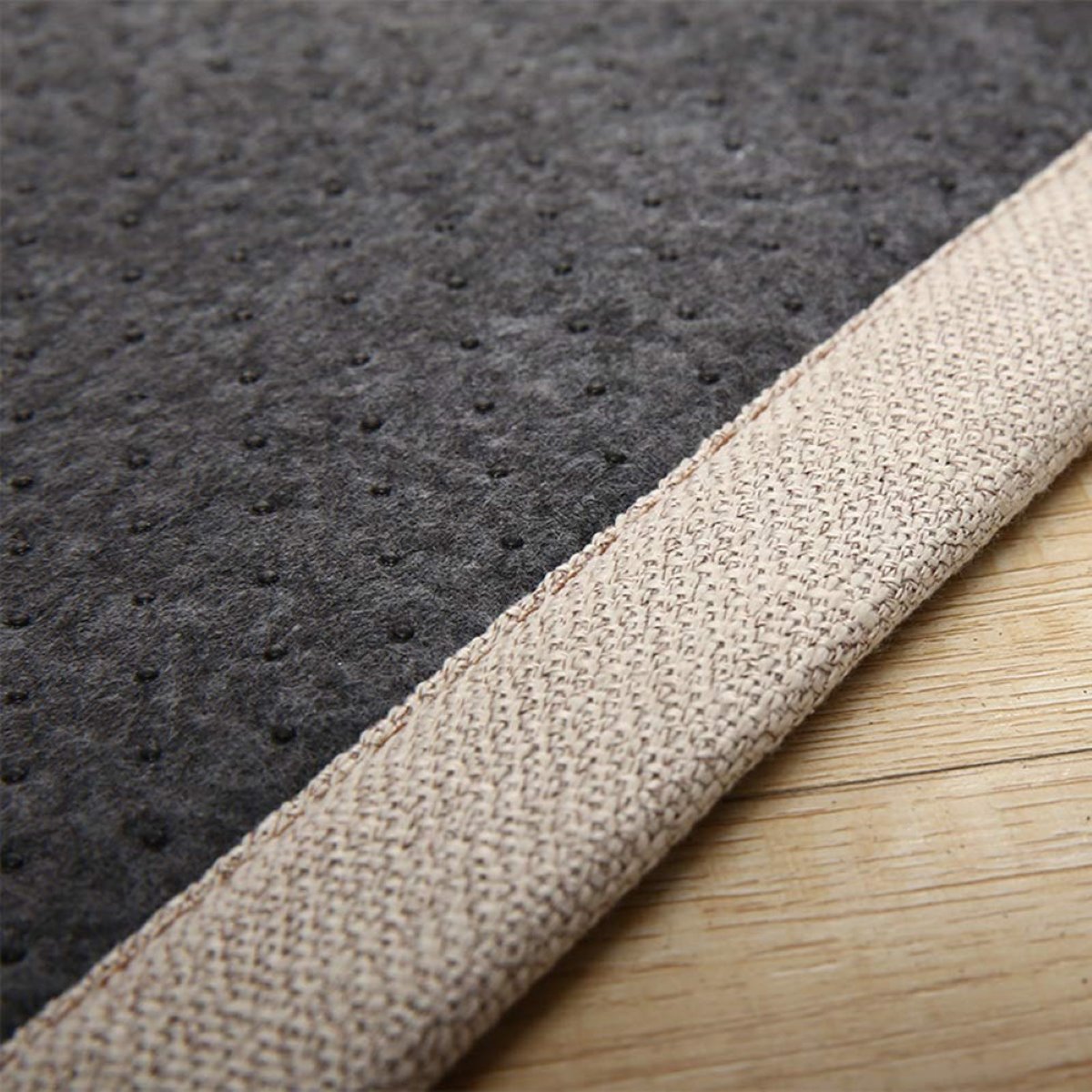
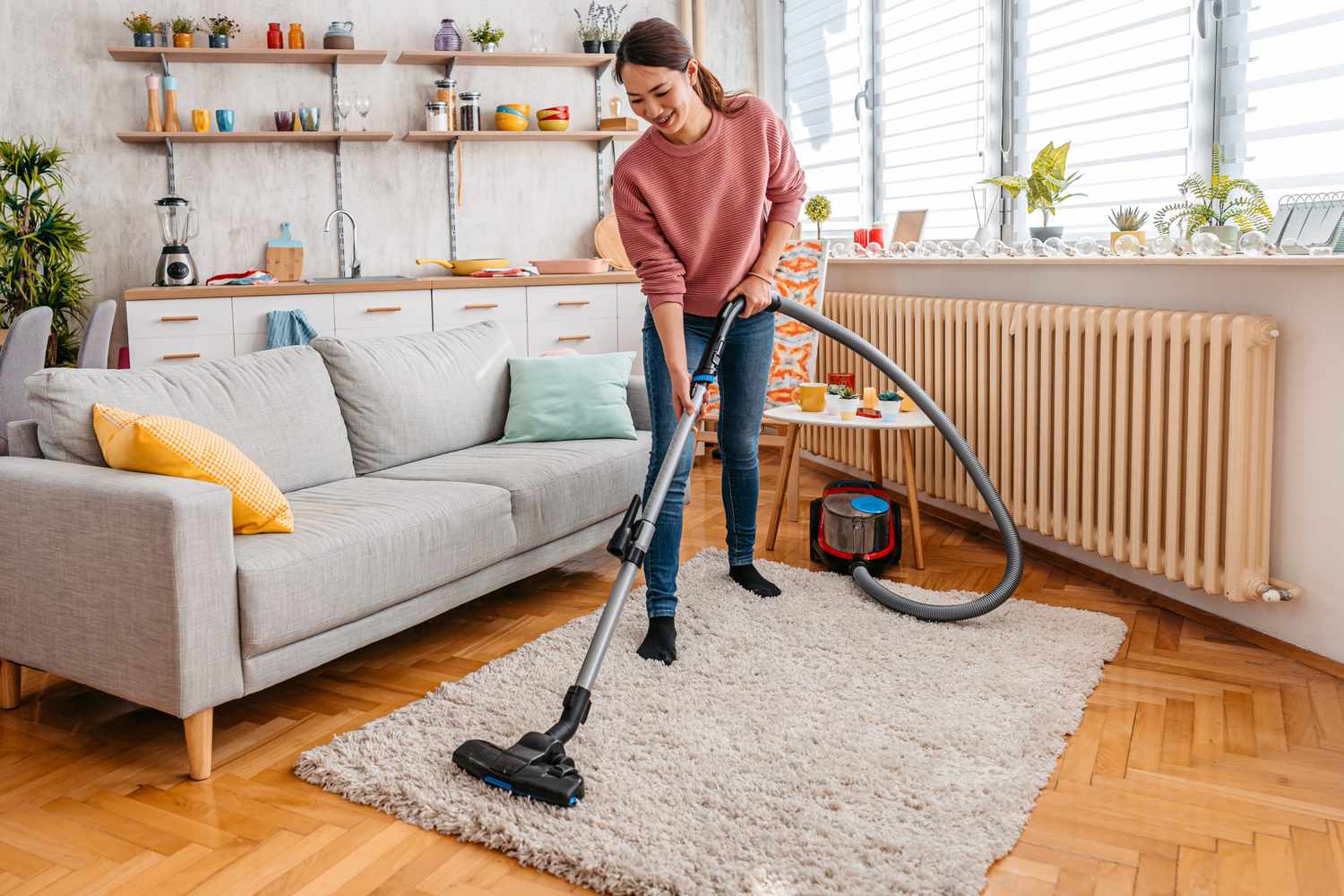
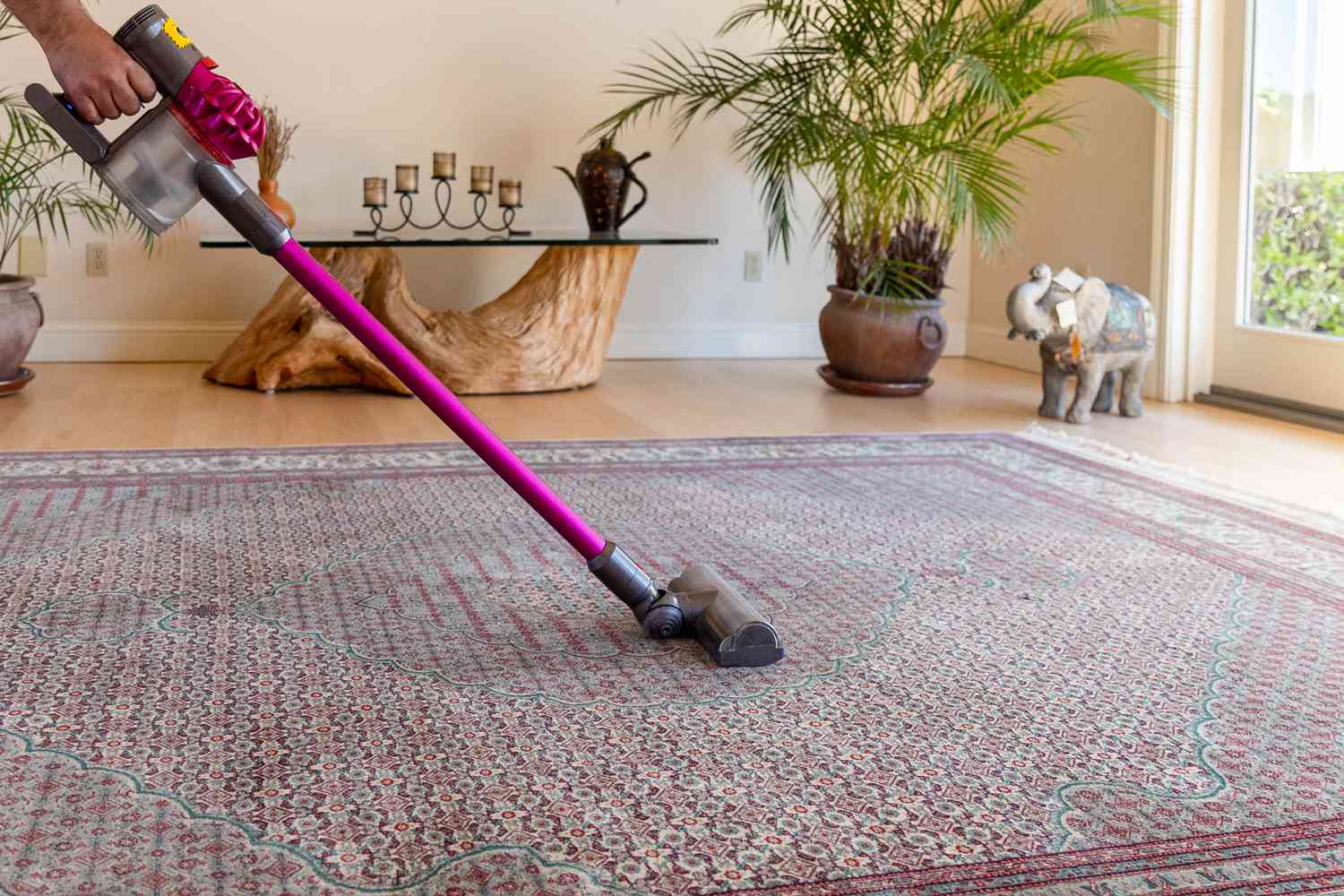
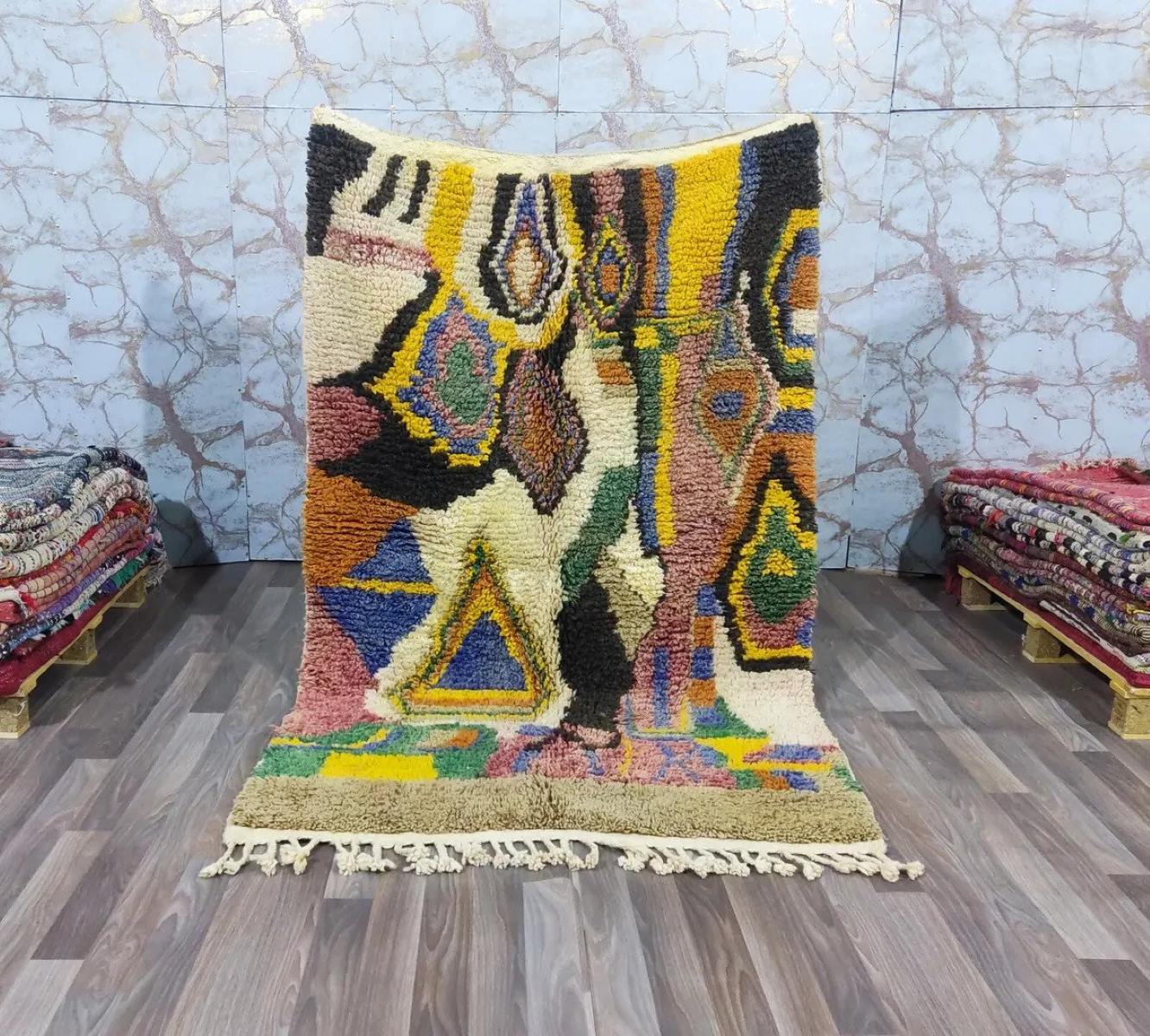


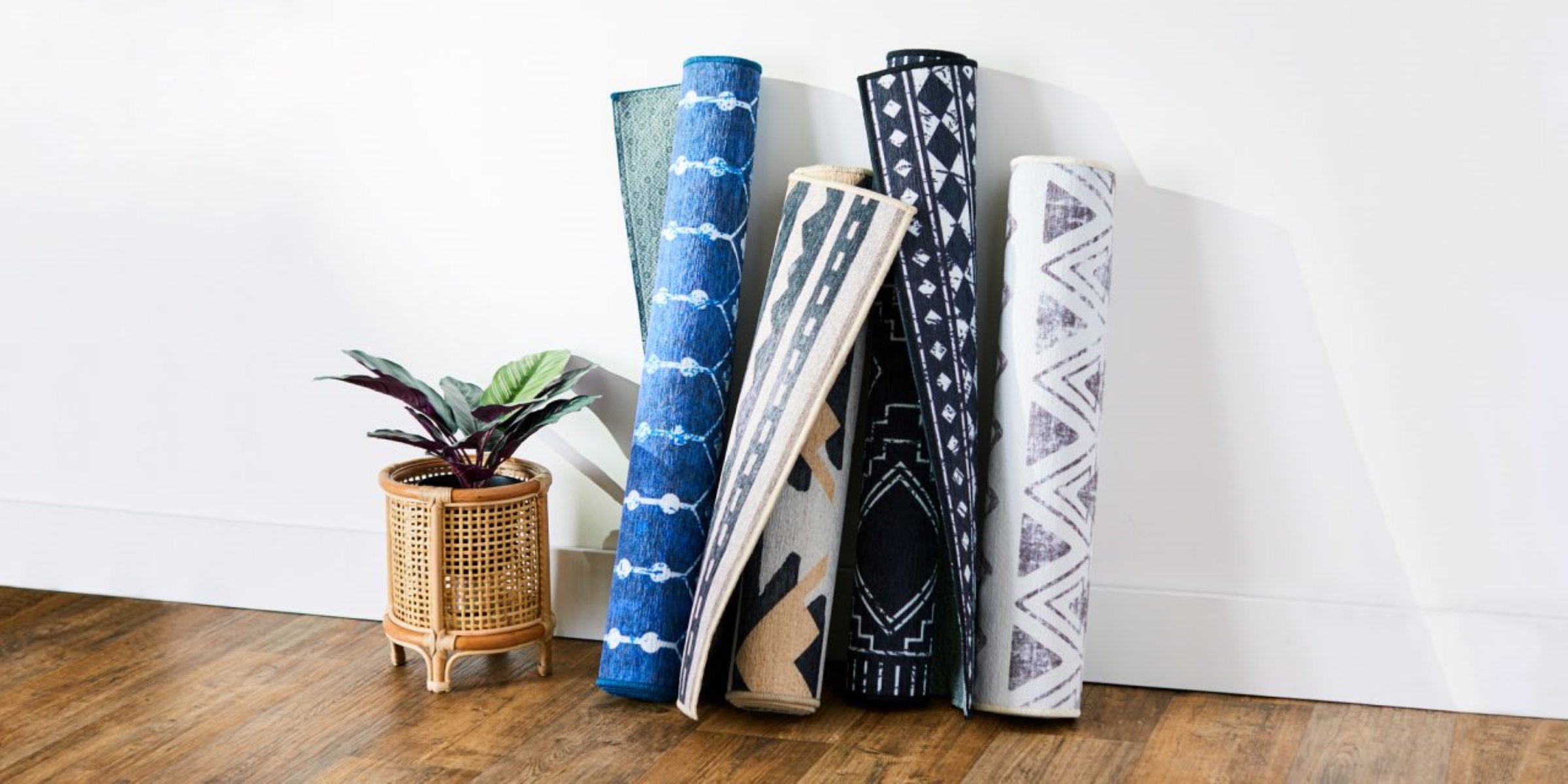
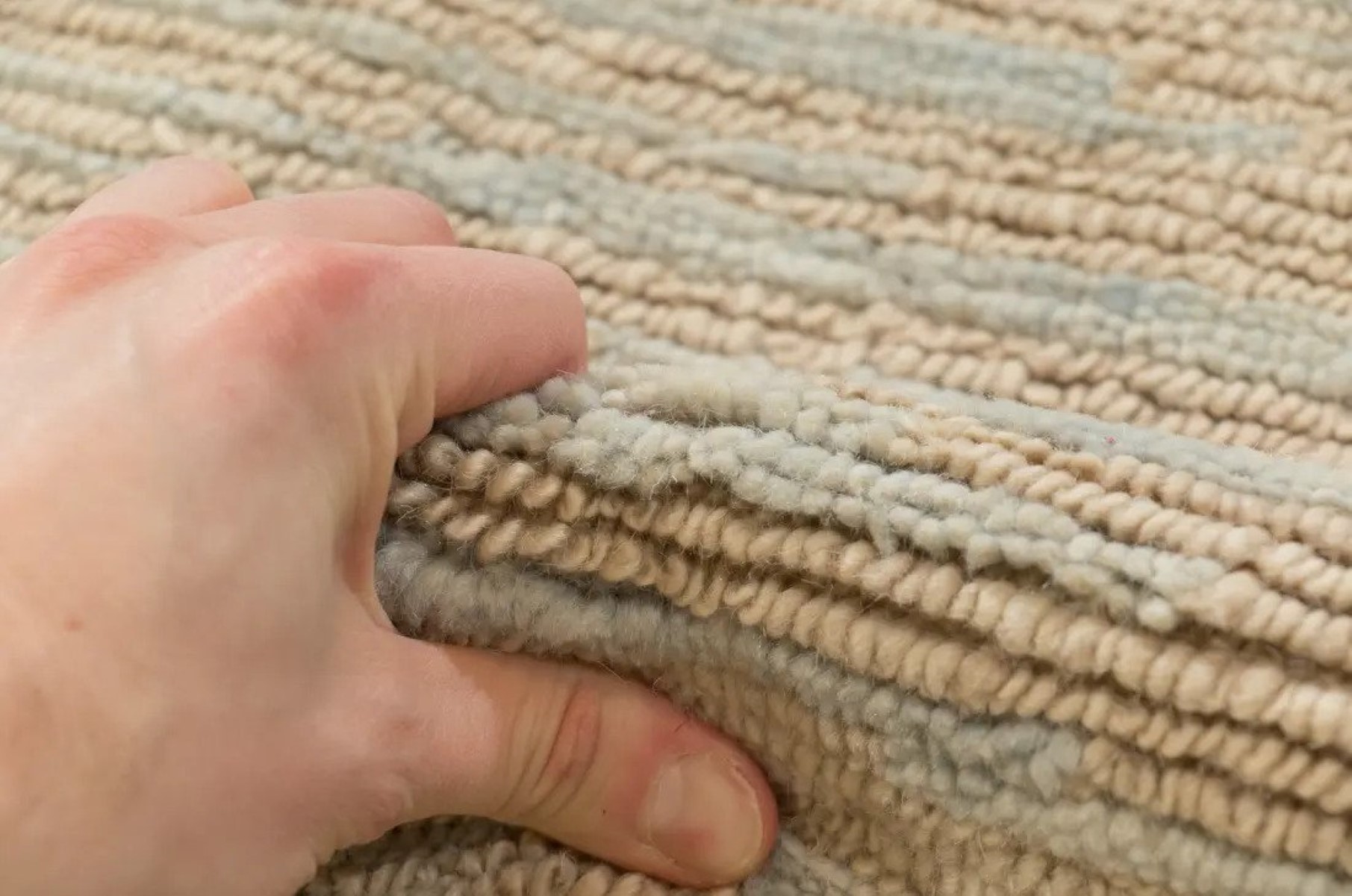
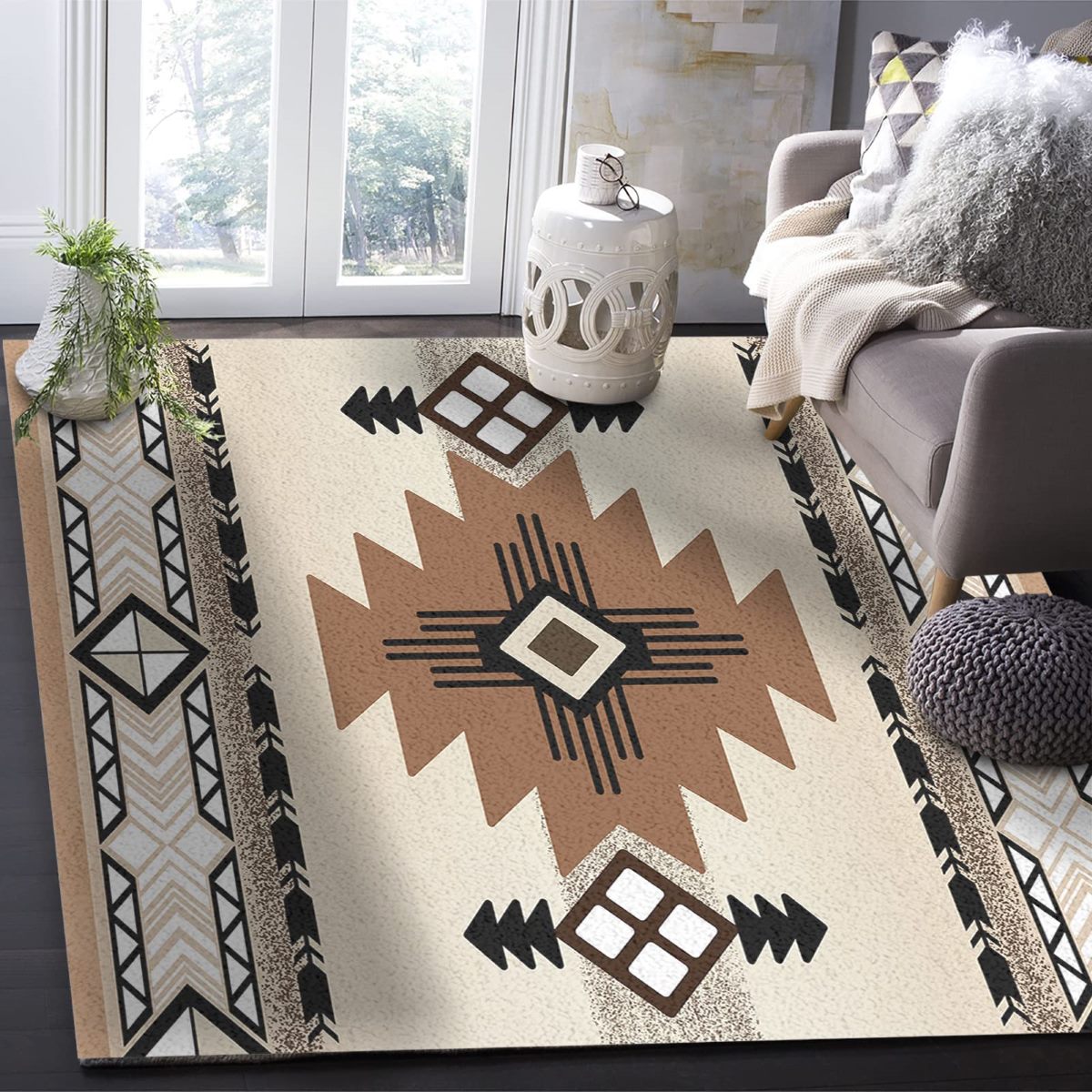
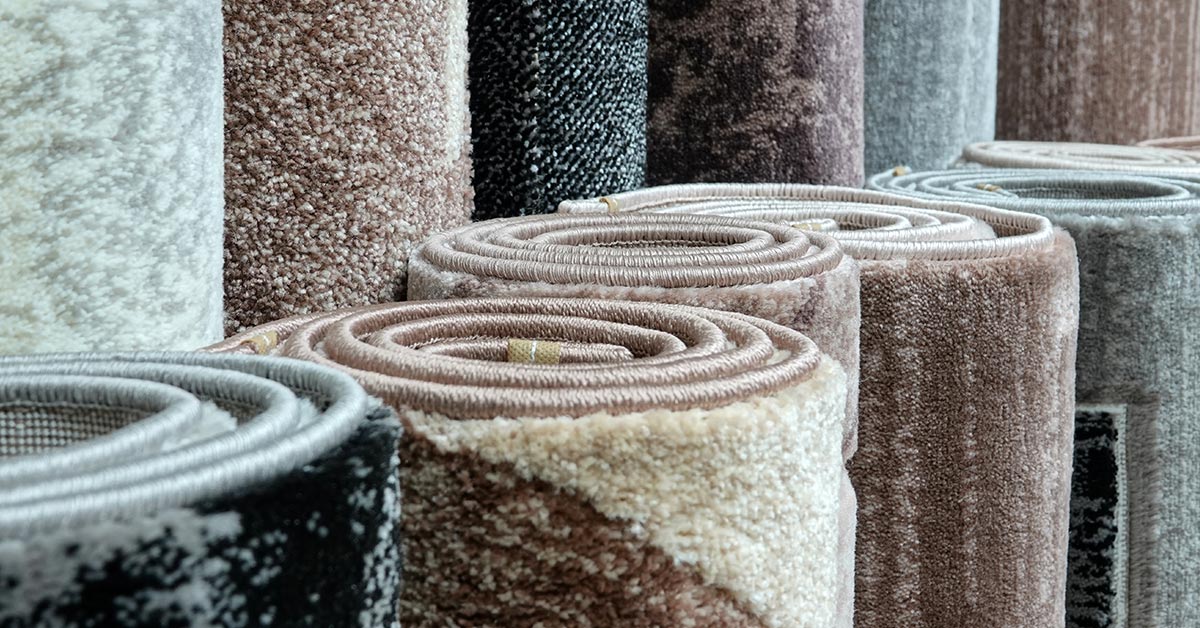
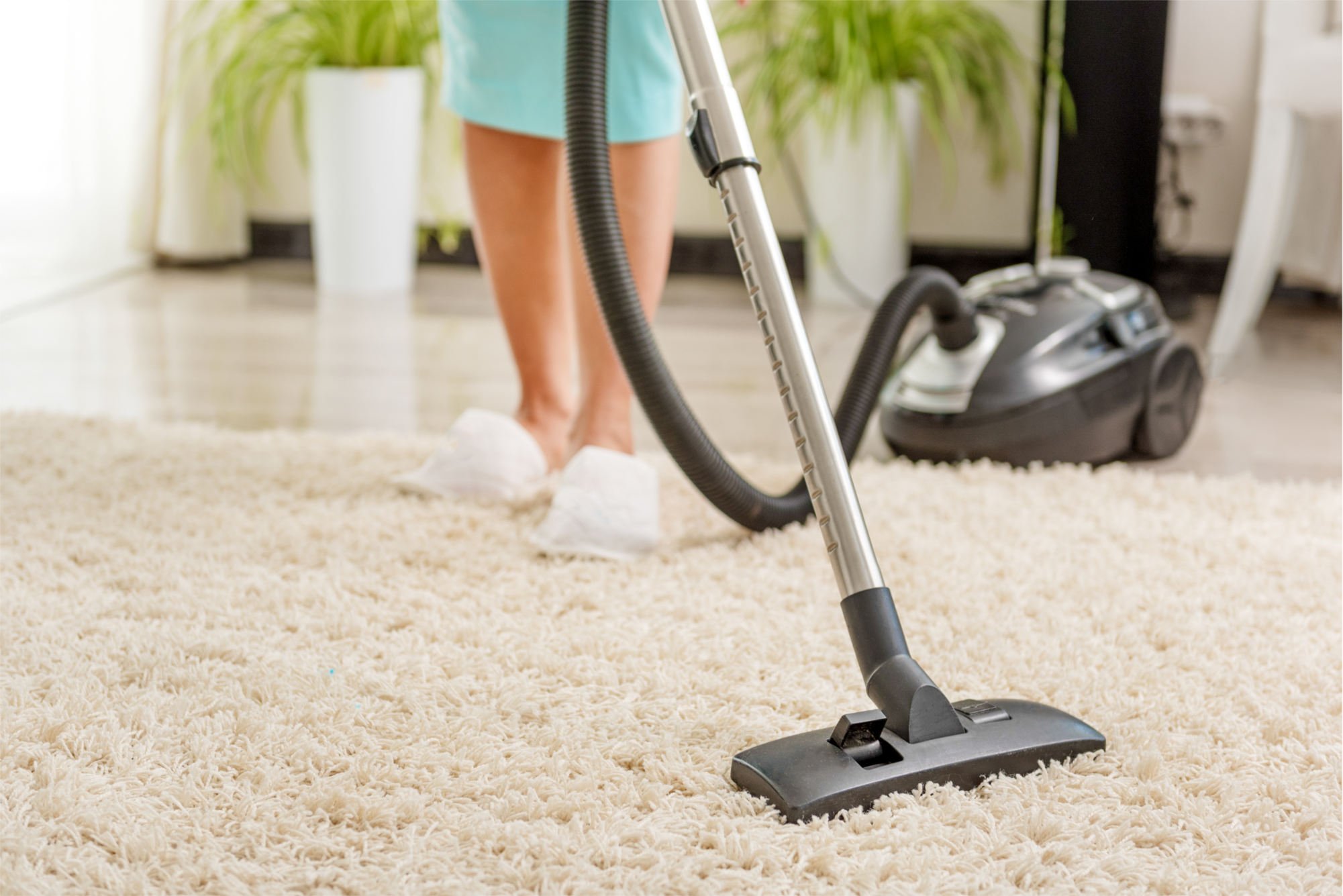
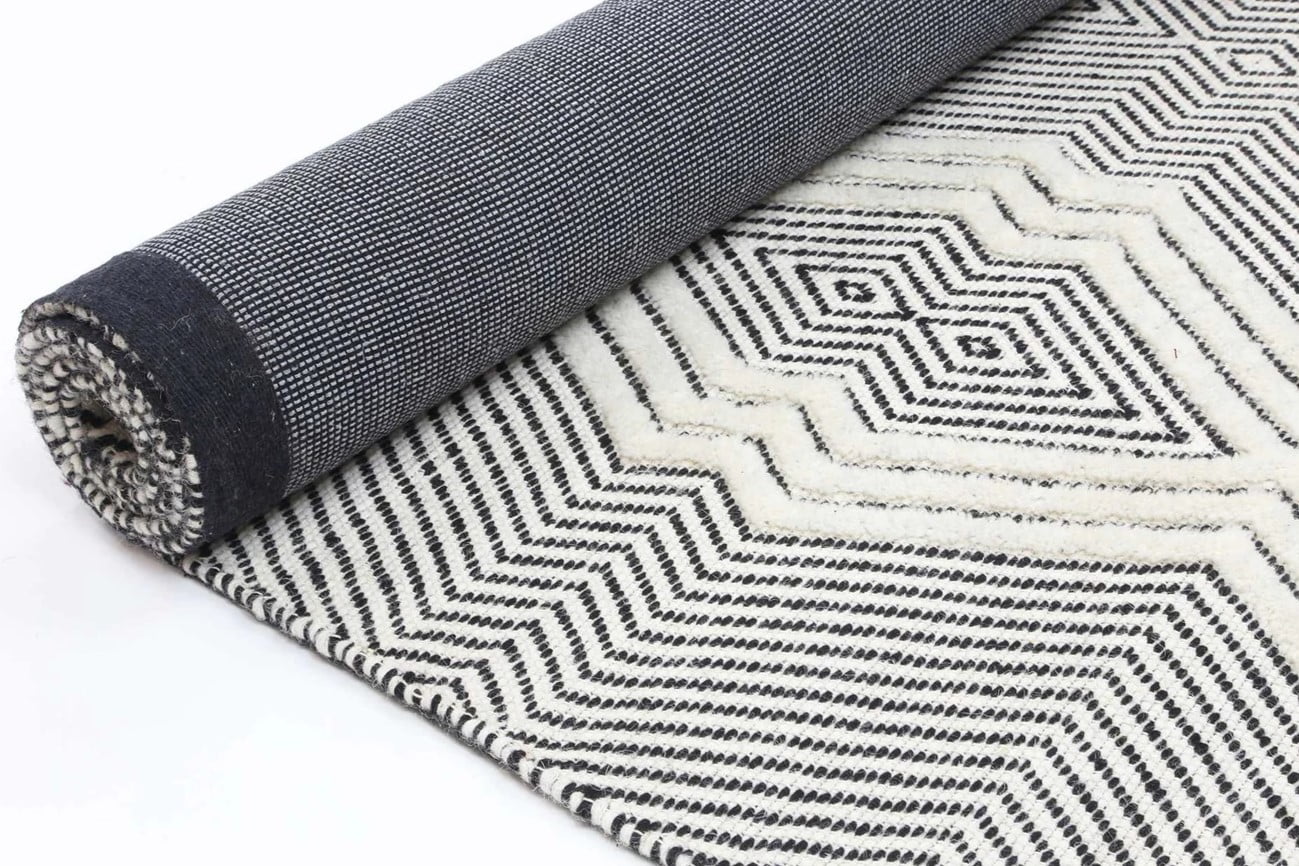
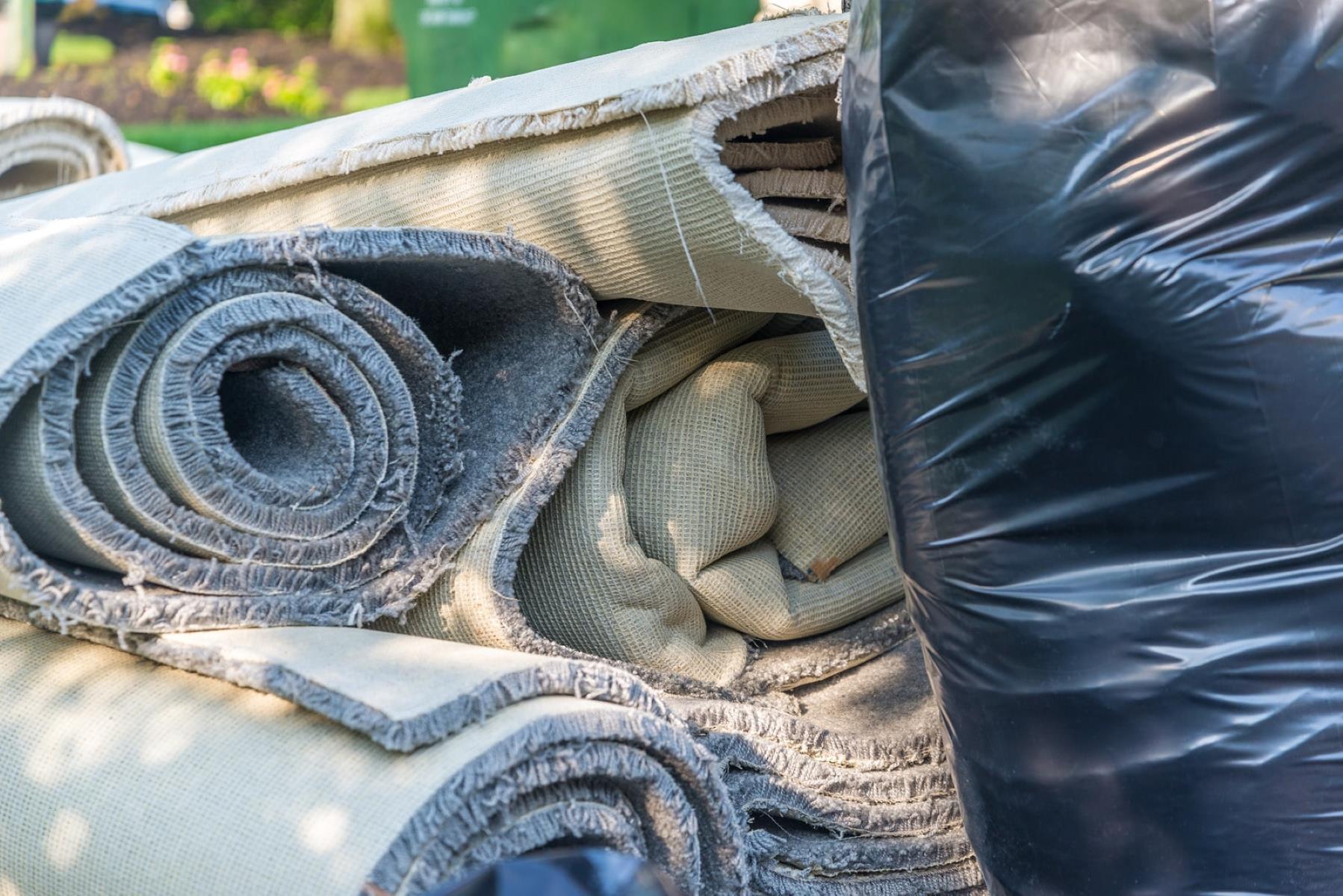

0 thoughts on “How To Clean Wool Area Rugs”